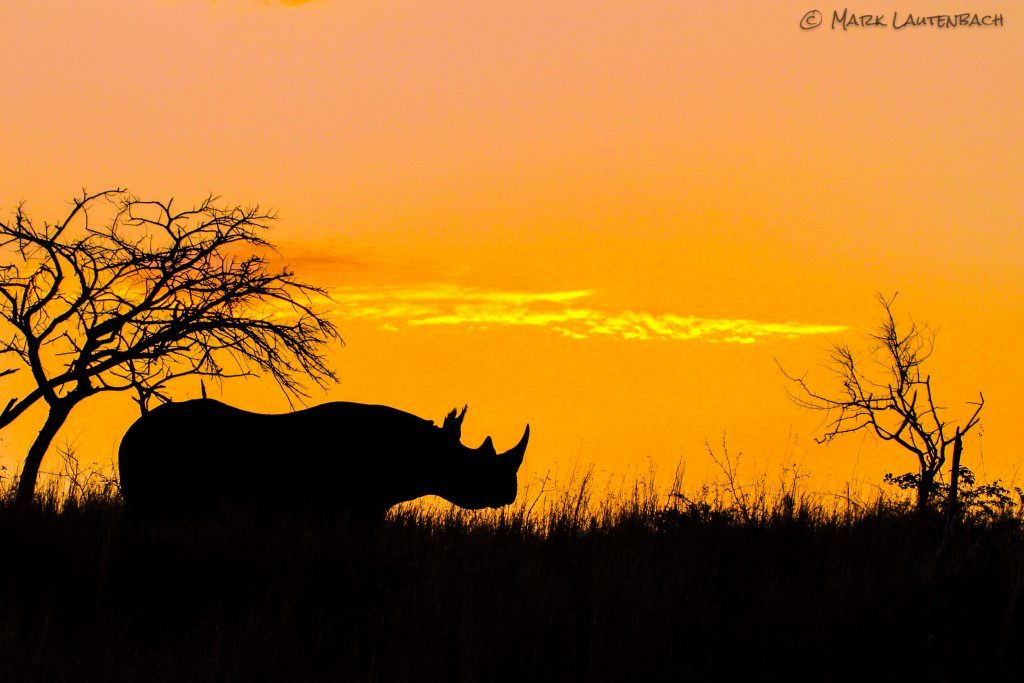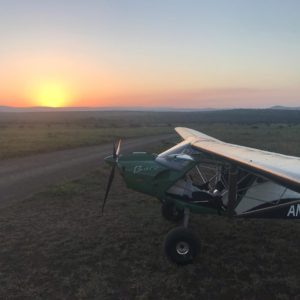Where We Work

Project Rhino supports state, private and community-owned game reserves. Whilst we recognise the plight of the rhino as the bloody icon of wildlife crime, these game reserves also support a number of key wildlife species, including elephant, lion, leopard, wild dog and even pangolin.
Together with the Kruger National Park, Project Rhino reserves are the combined custodians of the world’s largest black and white rhino populations. Rhinos are dispersed across two key areas, which we refer to as the Zululand and Midlands regions.
Zululand Region
The largest concentrations of rhino live within this area, which extends across the Zululand and Umkhanyakude Districts in the far north east of KwaZulu-Natal.
This region includes the flagship Hluhluwe-iMfolozi Park – Africa’s oldest nature reserve, renowned for being the historical home of the southern white rhino. Our K9 and Zululand Anti-Poaching Wing are both centrally located in the town of Hluhluwe, so that they can reach reserves in minimum amount of time in an emergency situation.
Midlands Region
This region extends across the uMgungundlovu and uThukela Districts in the west of KwaZulu-Natal, incorporating Spioenkop Nature Reserve and extending southwards. The highest concentration of game reserves lie in the greater Estcourt – Ladysmith region.
Our Rhino ART teams work across South Africa – and have even conducted environmental education programmes internationally.
Similarly, our World Youth Wildlife Summit (hosted biannually at the SA Wildlife College) aims to reach a global audience and youth leaders have represented nations across the world, including SADC countries grappling with wildlife crime, as well as consumer countries like Vietnam.
Project Rhino and its members also work closely with communities living adjacent to game reserves and are implementing a variety of community upliftment programmes throughout KZN.
